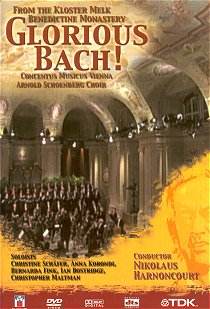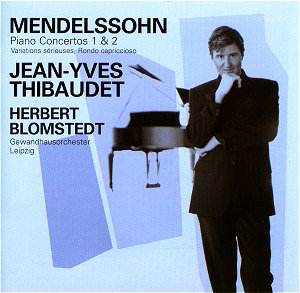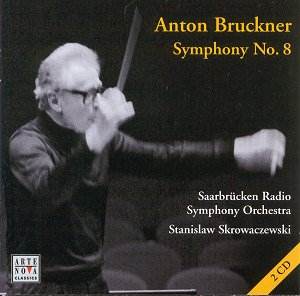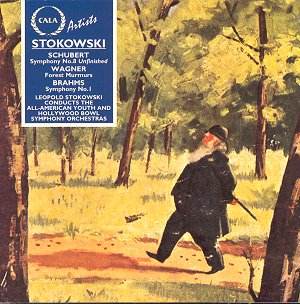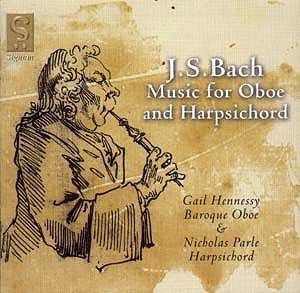 Composer: Johann Sebastian Bach
Composer: Johann Sebastian Bach
Works: Oboe Sonata in G minor, BWV 1030b; Oboe Sonata in C major, BWV 1030; Oboe Sonata in G minor, BWV 102; Prelude and Fugue in C minor, BWV 871; Oboe Sonata in E-flat major, BWV 1031; Trio Sonata in C major, BWV 521
Performers: Gail Hennessy, oboe; Nicholas Parle, harpsichord
Recording: December 2000, St. Andrew’s Church, Toddington, Gloucestershire
Label: SIGNUM
Johann Sebastian Bach’s music for oboe and harpsichord represents a unique confluence of Baroque artistry and instrumental capabilities, yet the interpretations of these works can often vary in effectiveness and clarity. This recording, featuring oboist Gail Hennessy and harpsichordist Nicholas Parle, offers a selection of works that exemplify Bach’s intricate counterpoint and melodic invention, albeit through arrangements that deviate from the original instrumentation. The inclusion of pieces such as the Oboe Sonata in G minor, likely intended for flute, raises questions about authenticity while simultaneously inviting performers to explore Bach’s music through a personal lens.
The performance itself showcases Hennessy’s skill in navigating the challenges presented by the oboe, particularly in the G minor sonata. The Andante, Siciliano, and Presto movements reveal a nuanced understanding of phrasing, though the oboe’s timbre, particularly in the upper register, can turn abrasive under heavy articulation. Hennessy’s interpretation of the flute sonata in C major is a highlight, as she adopts a soloistic approach that removes the basso continuo. This decision, while innovative, also exposes the limitations of the oboe as a solo instrument; the absence of harmonic support invites scrutiny of the melodic lines that, while engaging, sometimes feel exposed and vulnerable.
Nicholas Parle’s harpsichord contributions, while integral to the underlying harmonic structure, suffer from a lack of prominence in the mix. This imbalance is particularly evident in the Trio Sonata, where the harpsichord plays two voices against the oboe’s melody. The engineering choices made during recording have resulted in a soundscape where the harpsichord’s rich textures are often overshadowed, diminishing the interplay that characterizes Bach’s chamber works. The decision to place the oboe at the forefront raises further complications; the harpsichord’s role is relegated to that of a mere accompaniment, which is not representative of its intended function in Bach’s music.
Technical aspects of the performance are commendable, yet the overall sound quality is marred by the oboe’s occasional harshness, particularly during fortissimo passages. In contrast, other recent recordings, such as the sonatas for viola da gamba and harpsichord by Alison Crum and Laurence Cummings, demonstrate an exemplary balance, allowing both instruments to occupy equal sonic space. This disparity in engineering choices raises questions about the recording’s overall intent and execution, as it undercuts the potential for a more cohesive musical dialogue.
The recording presents an intriguing selection of Bach’s works that, while performed with dedication, ultimately falls short of the artistic heights that such music demands. The arrangements may provide an engaging entry point for listeners unfamiliar with the original contexts, but the execution reveals significant imbalances that detract from the listening experience. The oboe’s inherent limitations as a solo instrument, combined with the engineering choices that obscure the harpsichord’s contributions, culminate in a recording that, while interesting, does not fully realize the potential of Bach’s intricate and compelling music. A more judicious approach to sound balance and a deeper exploration of instrumentation could have significantly enhanced this offering.
